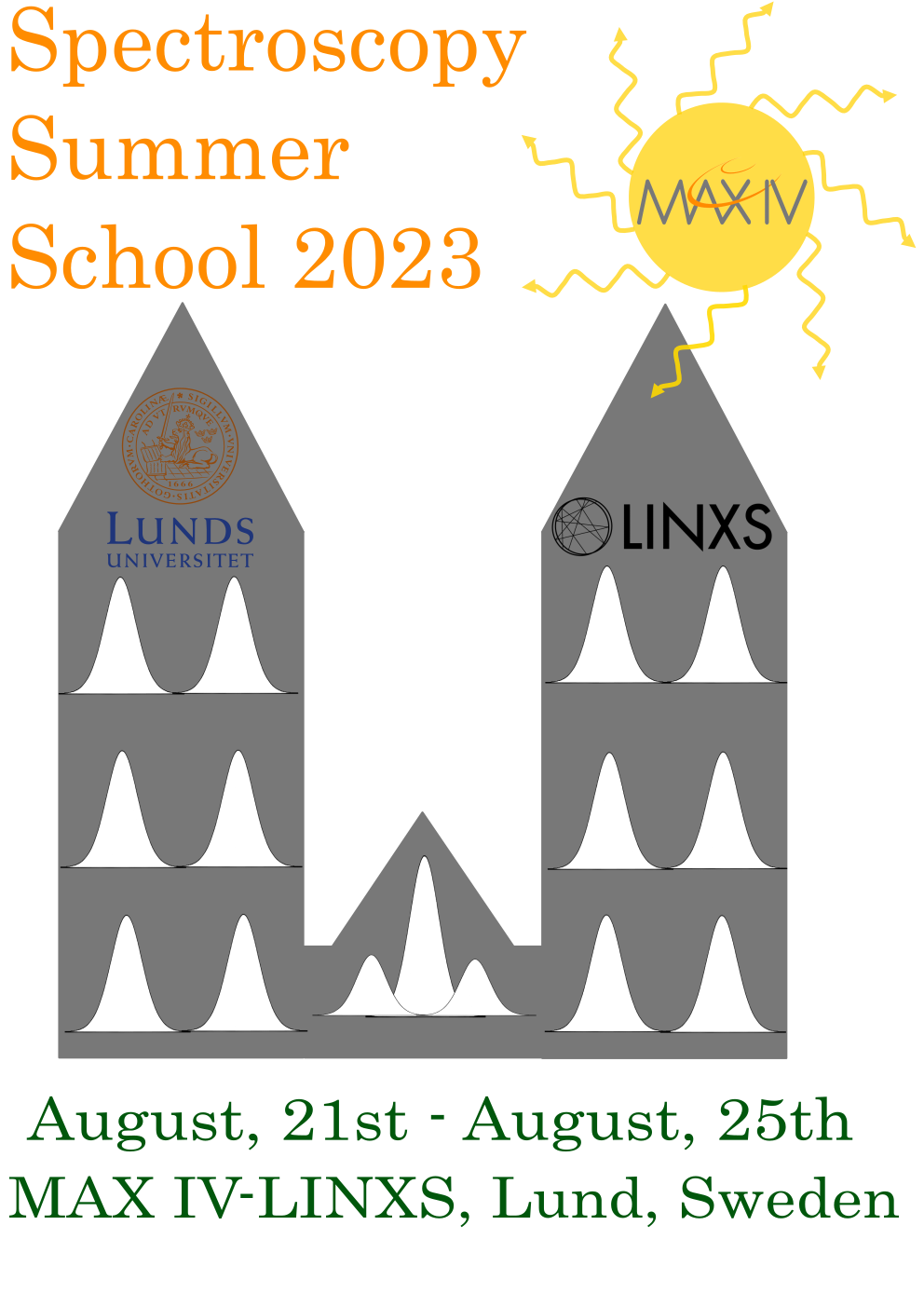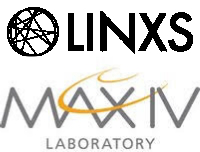What is the Spectroscopy Summer School?
|
MAX IV Laboratory and LINXS offers the unique opportunity to combine theoretical lectures with practical training at the synchrotron. While the lectures are intended as a first step for new users to learn more about the technique, data analysis classes and exercises at the beamlines are encouraged to discuss user projects with more experienced scientists. The MAX IV staff are great resources for advising researchers on data collection and interpretation. The Spectroscopy Summer School is primarily aimed at, but not limited to, PhD students and young researchers. This school introduces important concepts needed to understand and apply techniques to a variety of scientific and technological research topics and can help students identify and avoid some of the misinterpretations found in the literature. |
 |
Methods to be used
The spectroscopy summer school makes accents on techniques represented at beamlines in R1 ring of MAX IV Laboratory.
- X-ray photoelectron spectroscopy (XPS) is the most widely used surface analysis technique because it can be applied to a wide range of materials and provides valuable quantitative and chemical state information from the surface of the material being studied. The most notable issue, however, is that XPS is commonly conducted under ultra-high vacuum, which may not reflect the actual state of the elements. The more advanced in situ/operando ambient pressure XPS (AP-XPS) could be deployed to address this issue.
- Many-body quantum physics is at the heart of modern condensed matter. Angle-resolved photoemission spectroscopy (ARPES) studies the electronic structure directly in momentum space. This technique provides direct insights into the energy and momentum dependent electronic band structure of such materials. Often this is vital information in itself, but with careful measurements a variety of other insights can be gained, including the nature of phase or structure transitions, many-body interactions, or modifications by dopants or interstitial sites.
- X-ray absorption spectroscopy (XAS) is a widely used method to study atomic local structures and electronic states. XAS has proven to be a valuable spectroscopic tool to study the changes in local structure because it does not require long-range ordering and is applicable to almost all types of samples regardless of their actual physical state (solid, liquid, gas). XAS is another technique that can be applied to in situ/operando studies.
- Research in a wide range of disciplines (materials science, nanoscience, heterogeneous catalysis, corrosion science, polymer science, etc.) urgently needs improved surface imaging techniques with structural, chemical, electronic and magnetic contrasts at nanometer-scale spatial resolutions. Photoemission electron microscopy (PEEM) is unique in that it offers easy access to all these contrast mechanisms with nanometer-scale resolutions in a single instrument.
- Access to a primary photon source with high brightness is crucial for resonant inelastic X-ray scattering (RIXS). With a high degree of control over the process of energy, momentum, and angular momentum transfer, the new synchrotrons offer the ability to observe it. It has been shown, for instance, that fundamental excitations in correlated materials can be thoroughly studied and that it is possible to resolve individual vibrational excitations in molecular systems. From physics and chemistry to biology, RIXS offers new possibilities for research in these fields. Research on correlated systems, energy materials, and materials science will particularly profit from this, and it is highly feasible to study corrosion and catalysis in operando with high precision.
All courses are taught in English.


